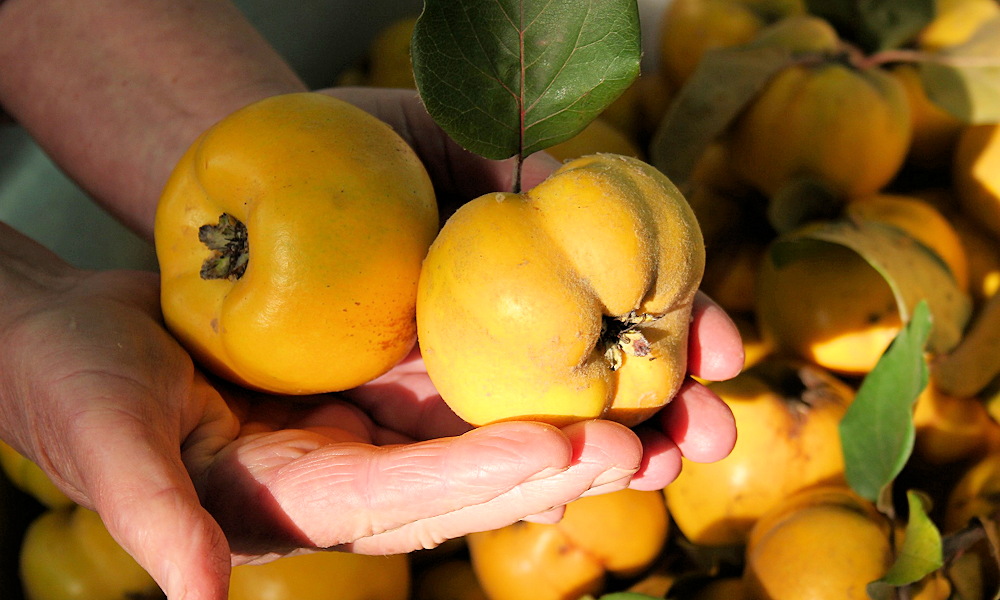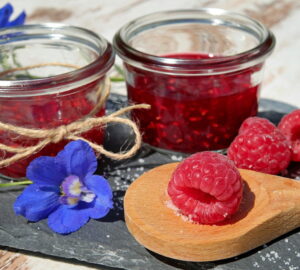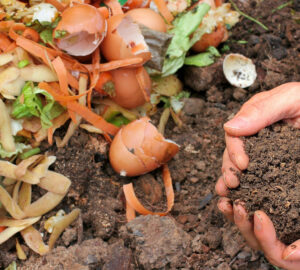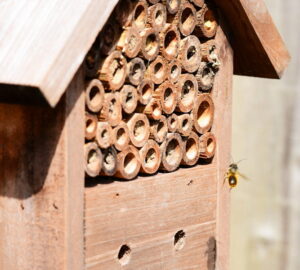As the crisp autumn air arrives, heralding the onset of winter, it’s the perfect time to turn your attention to the ripe quinces in your garden. Anyone who has ever tried to sink their teeth into a raw quince knows it can be quite a challenge. These ancient fruits are firm, high in pectin, and boast a tart, sour taste that isn’t exactly inviting. However, quince paste is a delight enjoyed worldwide, believed to have originated in the Caucasus region and Persia.
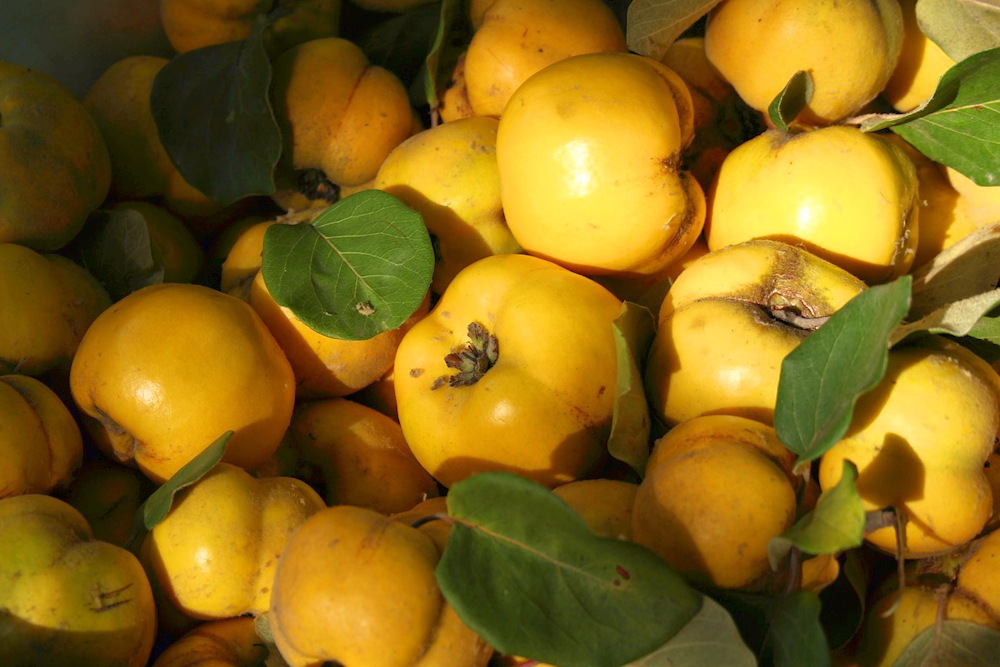
Quince: A Seasonal Marvel
Spring Blossoms
In the spring, quince trees grace our gardens with their delicate whitish and flesh-colored flowers, creating a picturesque display. These blossoms eventually give way to the main attraction: quinces themselves.

Harvest Timing
Quinces typically ripen towards the end of September or into October, their unique flavor developing with the changing seasons. These fruits contain about 7-15% sugar, 1-3% pectin and approximately 15-25 mg% of vitamin C. Interestingly, quinces are also a source of vitamin P, or citrine, which can reach impressive levels of 300 mg%. Vitamin P has historical ties to preventing and treating conditions like haemophilia and scurvy.
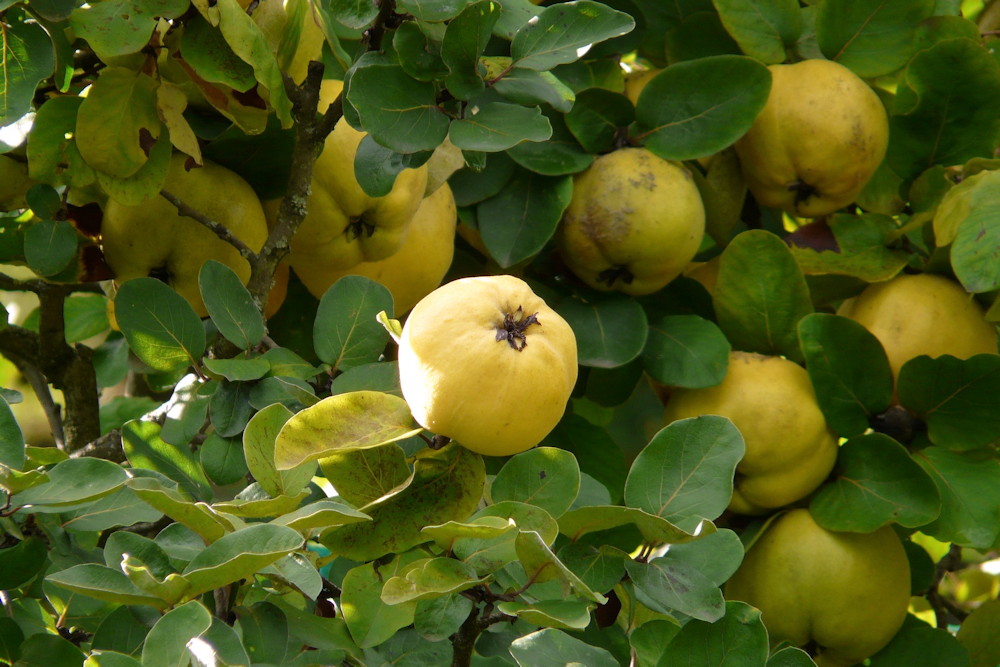
A Treat for the Winter Season: Making Quince Paste
Preparation
Quince paste is a delightful treat that can add a touch of sweetness to your gray autumn and winter days. To begin, wash your ripe quinces thoroughly, ensuring you remove the grayish coating from their skin. Once cleaned, cut them into quarters and carefully remove the tough core. Be sure to discard any portions that may have been compromised by worms.
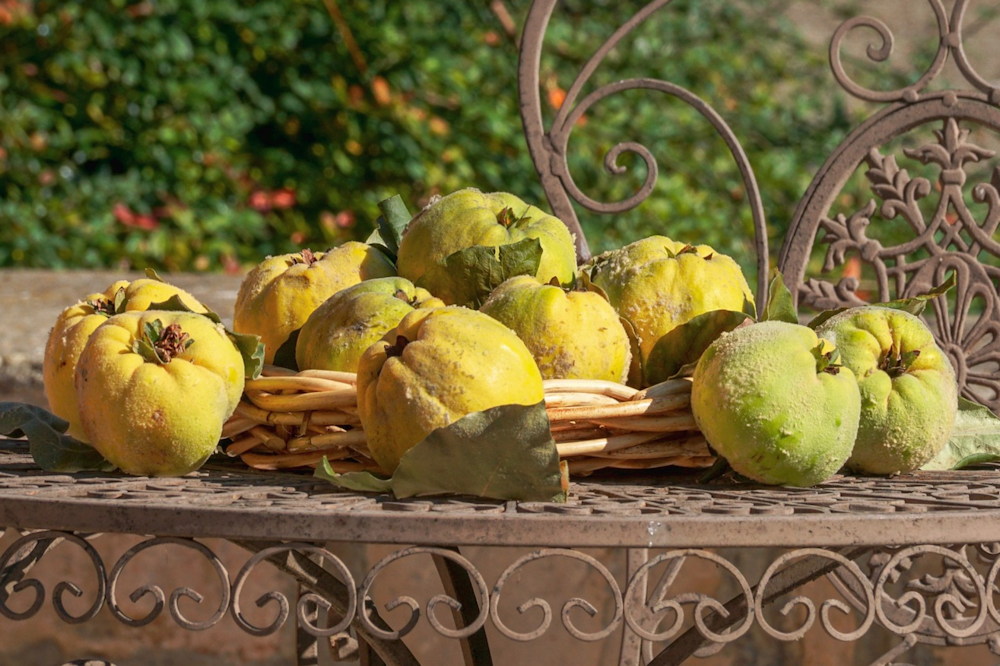
Cooking Process
Next, boil the prepared quinces in hot water until they turn soft. Once soft, strain the fruit and proceed to crush it, akin to making mashed potatoes. Continue to cook the crushed quince until the mixture thickens and you can see the bottom of the pan, stirring continuously. For every kilogram of crushed fruit, add 80 decagrams (dkg) of sugar and stir for an additional 10-15 minutes. It’s crucial to avoid undercooking, as excessive water content could lead to premature mold formation.
Finishing Touches
Once the quince paste reaches the desired consistency, promptly pour it into molds. Be swift in this step, as it sets quickly. For an extra layer of flavor and texture, consider incorporating walnuts, almonds, hazelnuts or raisins into your paste. After molding, allow it to sit and dry for 2-3 weeks in a dry spot at room temperature, turning it upside down periodically.
Storing Your Quince Paste
Once fully dried and set, wrap your quince paste in household cellophane to maintain its freshness until you’re ready to indulge.

Conclusion
As winter’s chill sets in, relish in the sweet rewards of your quince tree. From the delicate blossoms of spring to the luscious fruit of autumn, quinces offer a remarkable journey for gardeners and gourmets alike. Transforming these firm, sour fruits into a delectable paste is a culinary adventure that’s well worth the effort. So, seize the season and savor the warmth of quince paste during the coldest months.



